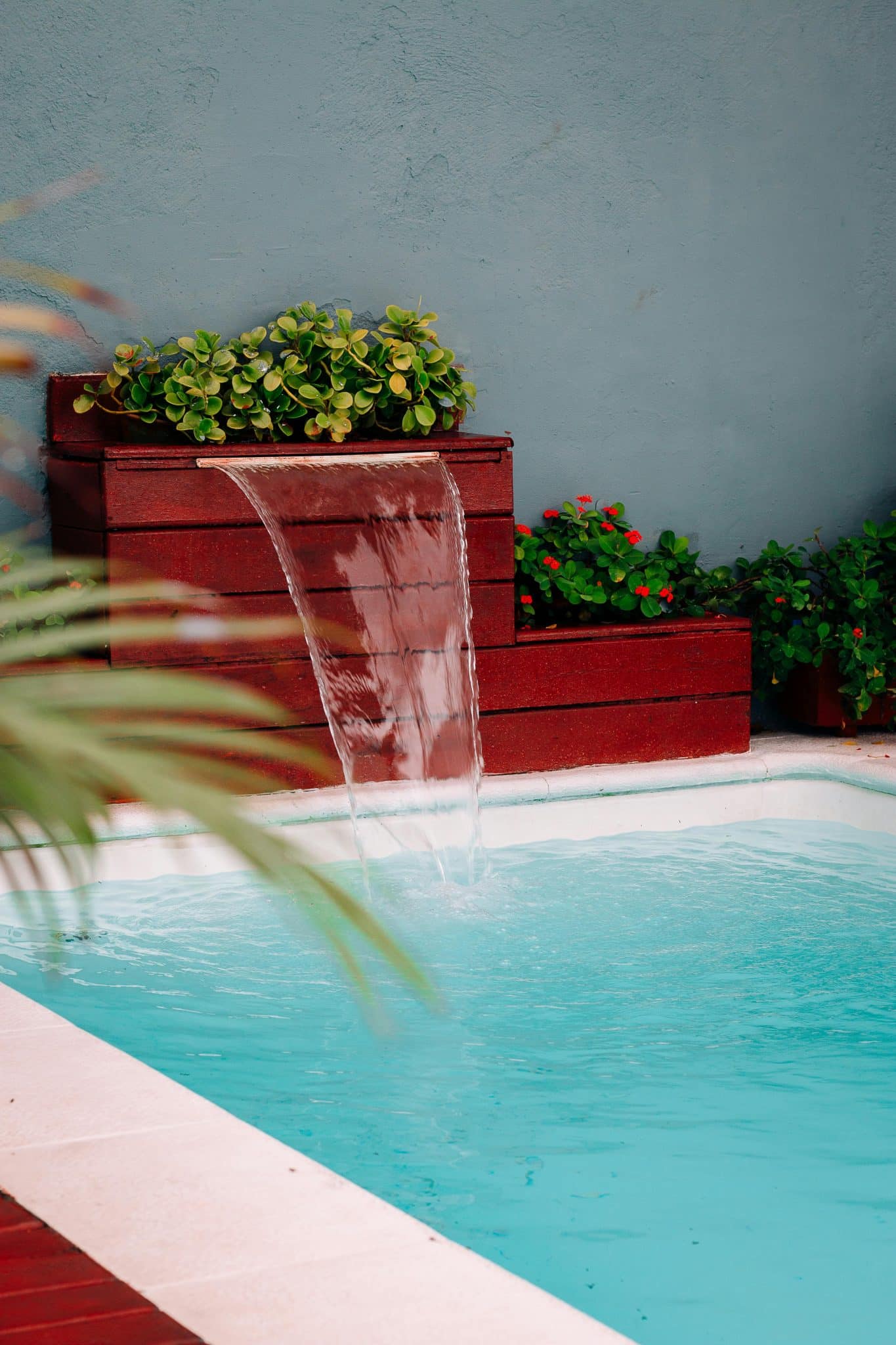Watering flowers in the fall is a commonly asked question in the plant and gardening community, and it almost seems like a simple question to answer because plants need water to survive. Many people develop the mindset that fall is a time for plants to wither away and die, and for that reason, they refrain from watering them. This mindset might be erroneous, and things get a little more complex than that mindset.
Not every plant out there has the same needs in order to survive. For perennials, autumn is when their roots are busy growing more and more. They have just spent the entire summer using their energy to grow their leaves and their flowers while producing fruits and seeds, and they use fall in order to keep their root systems nourished.
Fall is a great time for the growth of the roots on plants because the soil is nice and warm from all of the hot days of summer. Fall nights are nice and cool and with a bit of rainfall, their roots will become more anchored into the soil. On the flip side, if fall is very dry and sparse, then the plants typically die off fairly quickly. If that’s the case, you’ll have to intervene and water your plants every so often so that their root systems remain strong.
If the weather outside is still warm and windy, you starting to spend less and less time in your gazebo, then you should continue to water your fall plants. Wind can tend to dry out plants at a fast rate, and dehydration is the last thing you want in the fall garden. Plants go through a transition period from season to season, and after summer, your plants are transitioning into the dormant season.
During the dormant season, plants push fluids downward, and that’s why you see leaves beginning to taper off your plants. If the rain decreases early on during autumn, then plants will dry out and the leaves will fall off sooner. That’s usually fine if it’s already late in fall, but having that happen too early can put a little too much stress on the plants during a crucial transitional moment in their lives.
Water The Plants
Watering plants in fall is what you’ll have to keep doing in order to keep their root systems strong and healthy. Water will assist your plants in staying protected against:
- Heavy and strong winds
- Cool temperatures
- The heat and drying power of the sun
You’ll want to keep in mind that not all parts of your garden will require the same amount of water. If you have tons of plants that are facing the south, then those will typically require a lot more water in comparison to plants that are facing the north. Plants that face the north are able to hold more water than the ones facing the south. Too many people end up putting their hoses away and packing things up a little too early once summer is over, and that ends up cutting the lives of your plants short.
If you’ve recently just gotten new plants in the fall and transplanted them to your garden, those will especially require an ongoing source of water. Evergreens are an example of something that is always affected by the elements of nature. Evergreens are continuously exposed to things like:
- Wind
- Sun
- Dryness
You, being the gardener, have to be aware of the conditions of the outdoors and what the weather is on a day-to-day basis.
Fall
Fall doesn’t end until December 21, and too many retailers jump the gun and end up getting rid of all of their gardening supplies weeks too early. Sometimes you’ll try to pick up garden supplies in fall and the Christmas decorations are already in stock in the middle of October. Nature is one thing that doesn’t like to be forced to go away. Even though it might look like the seasons are fluctuating, that doesn’t mean that you have to abide by it.
Mulching
Mulching is an activity that many people consider when fall rolls around. Sometimes people get ahead of themselves and tend to go overboard with their mulching activities, and this can mess things up to a certain extent. Mulch prevents the ground from dealing with a loss of moisture. If you don’t have a protective covering for the ground, mulch is the natural way of doing just that.
Ensure to keep your mulch a few inches apart from the trees to prevent any rodents from causing damage.
Should I Cut My Garden?
Apart from talking about when to stop watering plants in the fall, many people also wonder if they should be cutting their perennials or just leaving them be. If your perennials appear to be doing fine, then you don’t have to worry about cutting them. There might be some perennials that will die after the first shot of frost in fall, but there will also be some that will remain standing strong throughout the entire winter.
Perennials are good to keep around during the entire year. They can give you something to look at when it’s cold and bitter outside and remind you of the warm days of summer when they were blossoming. Not cutting your plants and other perennials down can also provide a bit of shelter for animals that might not otherwise have it. Certain breeds of insects can make use of the seeds and the foliage that sticks around and can increase the moisture and insulation content.
There are, however, specific breeds of plants that should be cut during the fall. This is usually for sanitary reasons as opposed to aesthetic reasons. If you had perennials that were diseased or infested with insects, then you’ll want to cut them down and get rid of the plant matter in a safe way. Don’t chuck them in the compost because that can lead to other issues the next season.
It’s safe to say that most perennials can be cut to around a few inches above the ground. You should leave the following varieties of plants alone:
- Geraniums
- Heuchera
- Lavender
- Germander
Can I Add New Plants In the Fall?
Many people wonder if getting new plants in the fall is a little too late. While it might seem late in the season, you can still go ahead and get plants. Even if you just have a couple of weeks to enjoy the beauty of them, that’s still a good reason to get new plants. Plants are always going to be more satisfied in the ground in comparison to a nursery in some busy city.
Getting plants before the deep freeze will give them the ability to establish their roots in the ground.
Now that you’re more educated on when to stop watering plants in the fall, you can go ahead and feel free to get creative with your plant and landscaping ideas. Once spring rolls around, your plants will be grateful for how much work you did to take care of them.

